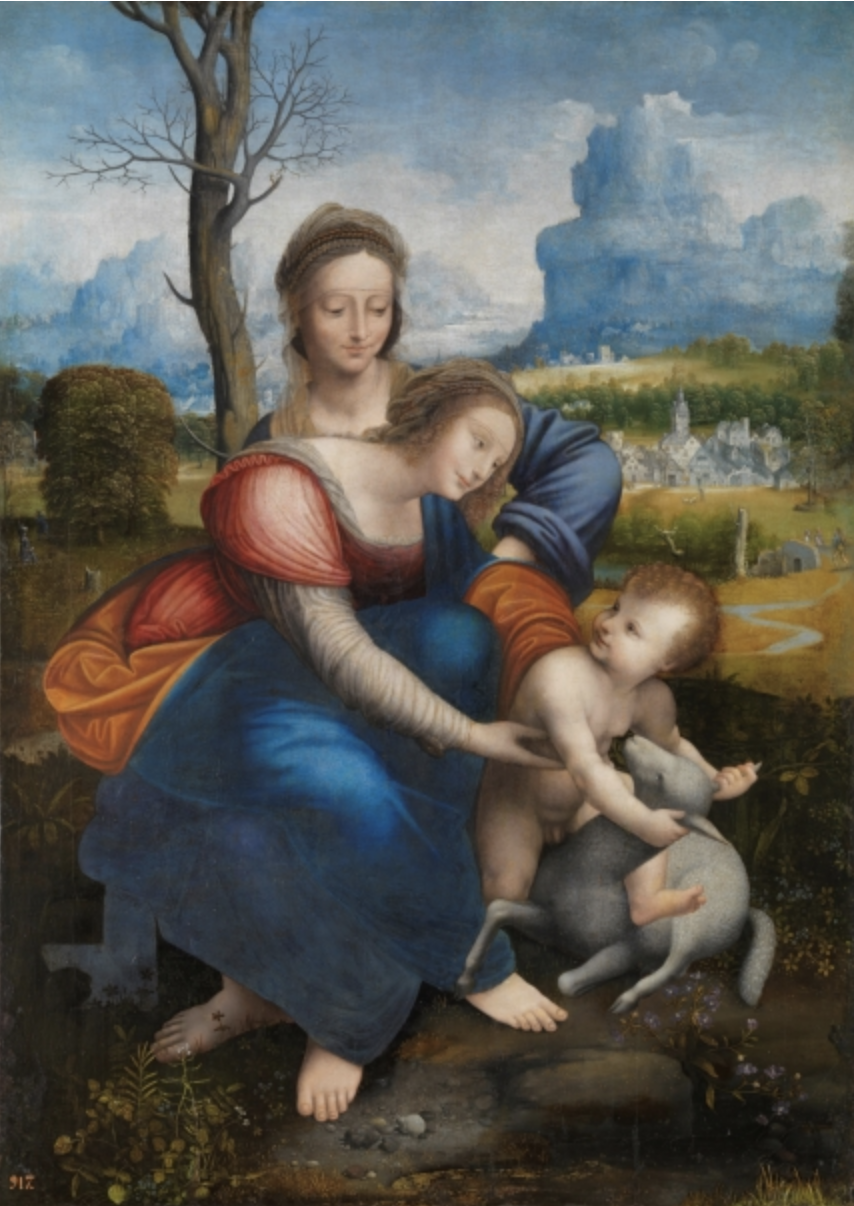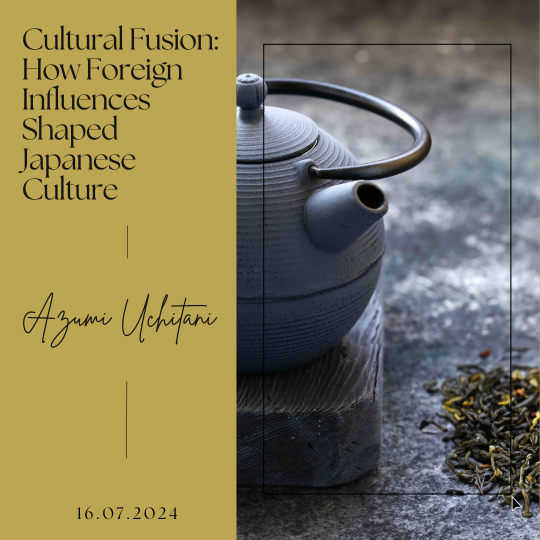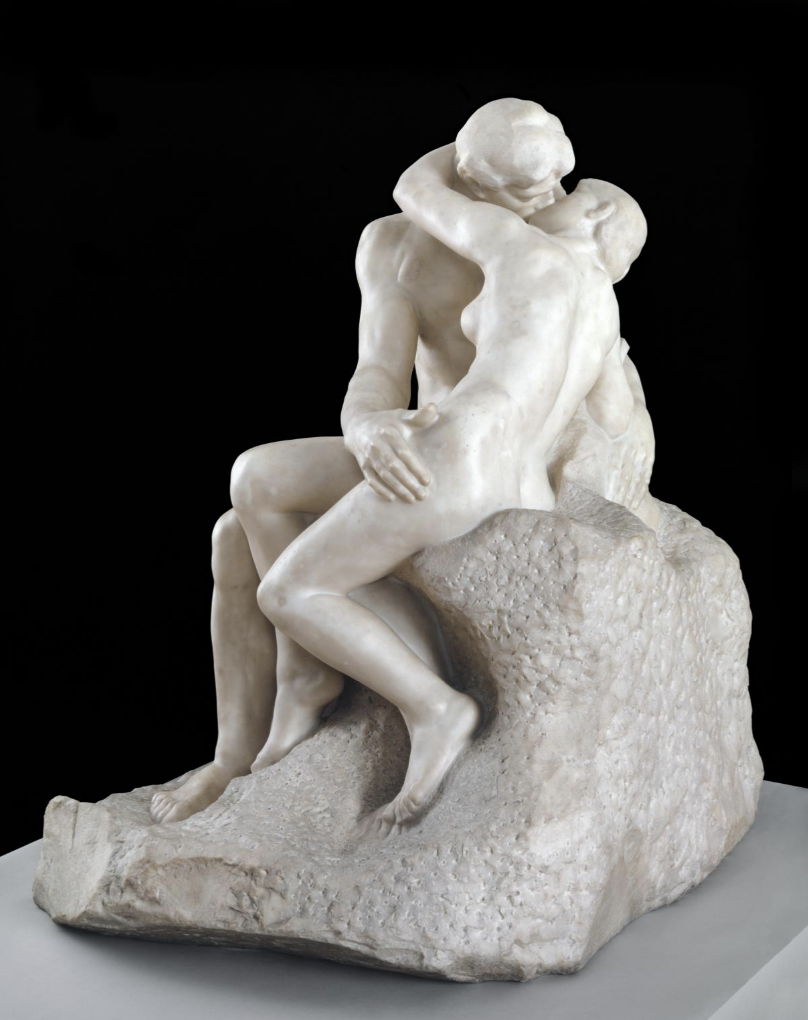Visual expressions of the language of love
written by art historian & curator
Art has long been a medium through which love is visually expressed. Across centuries and cultures, artists have used painting, sculpture, and other mediums to capture the essence of love. Gustav Klimt’s ”The Kiss” is an iconic masterpiece that radiates passion and intimacy. The use of gold leaf in the artwork adds an ethereal quality, highlighting the preciousness of love. Similarly, Sandro Botticelli’s ”The Birth of Venus” portrays the birth of the goddess of love from the sea, a symbol of love’s timeless and transcendent nature. In literature, authors have skilfully employed visual imagery to convey love. The works of William Shakespeare, for instance, are replete with vivid descriptions of love.
Videos you may enjoy as well:
In the contemporary world, there are movies, symbols, and even digital expressions that visually represent love in many forms and invite us to see it, feel it, and appreciate its beauty in all its forms.

These artworks are not mere depictions of love; they are vehicles for conveying the intensity, vulnerability, and beauty of human connection.
Timeless Expressions of Love
Throughout history, painting and sculpture have been the main mediums through which humanity has sought to visually represent the intricate and profound emotion of love. These forms of visual art have offered artists a canvas through which they can explore the diverse facets of love, from passionate romance to familial bond and symbolism, making it a timeless and universal subject of artistic expression.
One of the most captivating aspects of love in the world of painting is its portrayal of passionate romance. The work of Gustav Klimt, particularly his masterpiece ”The Kiss”, is a testament to visual art’s power in capturing the intensity of romantic love. Painted during the early 20th century in Vienna, ”The Kiss” exudes sensuality, intimacy, and opulence. At the center of the painting, a couple locked in a passionate kiss is enveloped in a shimmering golden robe of patterns and swirls. The use of gold leaf adds a luxurious and otherworldly quality to the scene, emphasizing the precious nature of love. Klimt’s work not only encapsulates the physicality of love but also hints at its spiritual and emotional dimensions. The ornate, intricate patterns that adorn the couple’s bodies convey a sense of unity and interconnectedness, highlighting the profound bond shared between lovers. Gustav Klimt’s painting “The Kiss” remains highly relevant today as a powerful and evocative language of love. Despite being created in the early 20th century, its enduring appeal and ability to convey the essence of love continue to captivate audiences around the world.
In sculpture, Auguste Rodin’s ”The Kiss” also explores the theme of passionate love. Created in the late 19th century, this sculpture depicts a passionate and intimate embrace between a man and a woman. The lovers’ bodies are intertwined in a sensual and harmonious union, their lips meeting in a tender kiss. What makes ”The Kiss” exceptional is its ability to convey the intensity of human emotion through the medium of sculpture. The tactile quality of the work allows viewers to appreciate the three-dimensional form of the lovers, making their love palpable and tangible. Rodin’s attention to detail, particularly in the rendering of their bodies and the expressions on their faces, imbues the sculpture with a sense of vulnerability, tenderness, and profound connection.
Leonardo da Vinci‘s ”The Virgin and Child with St. Anne” is a masterpiece that beautifully captures the essence of love as a familial bond. Created during the Italian Renaissance, this painting portrays the Virgin Mary, her mother St. Anne, and the infant Jesus. At its core, the artwork celebrates the loving and nurturing relationship between a mother and her child. The Virgin Mary gazes lovingly at her infant son, her expression radiating warmth and tenderness. St. Anne, positioned beside them, reflects wisdom and support. The depiction of the infant Jesus playfully interacting with a lamb adds an element of innocence and purity, emphasizing the unconditional love and protection found within families.
Leonardo’s meticulous attention to detail and his mastery of chiaroscuro, the use of light and shadow, bring depth and emotion to the painting. This technique allows viewers to feel the intimate connection between the figures, reinforcing the idea that familial love is profound, enduring, and timeless. ”The Virgin and Child with St. Anne” remains a poignant representation of the love between generations, symbolizing the nurturing and protective bond that exists within families. It reminds us that, amidst the complexities of life, the love shared among family members remains a source of strength, support, and enduring affection. Leonardo’s masterpiece continues to resonate today as a timeless celebration of the love that binds families together.

Botticelli’s ”The Birth of Venus” is a masterful depiction of love through symbolism, offering a profound exploration of both the physical and spiritual aspects of this powerful emotion. Painted during the Italian Renaissance, this iconic work portrays the birth of the goddess of love and beauty, Venus, from the sea foam. The symbolism in this artwork conveys the eternal and transformative nature of love. Venus, emerging from the foaming waves on a scallop shell, embodies beauty, desire, and the essence of love itself. Her posture and graceful form reflect her divine nature and enchanting allure, making her the embodiment of love’s physical attraction. The winds, personified by the figures of Zephyr and Chloris, gently guide her to shore, highlighting the idea that love is a force that influences and guides us.
The sea, with its vastness and depth, symbolizes the boundless nature of love, which, like the sea, knows no limits. The abundance of flowers, particularly the roses, around Venus, suggests the association of love with nature’s beauty and fertility. Overall, ”The Birth of Venus” is a visual representation of the enduring and transformative qualities of love. Its symbolism invites viewers to contemplate love as both a powerful force of attraction and a timeless and transcendent aspect of the human experience. Botticelli’s work continues to inspire and resonate today, reminding us of love’s enduring significance in our lives.
Contemporary Facets of Love
Contemporary art has evolved to reflect the dynamic facets of love in the modern world. Artists today explore love’s complexities, the impact of technology on relationships, and the fluidity of gender and identity through performative and installation art. These innovative expressions challenge traditional notions of love and invite viewers to engage with love in new and thought-provoking ways.

Marina Abramović, a renowned performance artist, has made a significant contribution to the contemporary exploration of love through her powerful piece titled ”The Lovers”. In this performance, Abramović and her former partner, Ulay, embarked on a profound journey of love and separation. ”The Lovers” involved the two artists walking towards each other from opposite ends of the Great Wall of China. They met in the middle, shared a passionate embrace, and then continued walking until they parted ways forever. This performative act beautifully encapsulated the complexities of love, distance, and human connection. From a contemporary perspective, ”The Lovers” speaks to the challenges of modern relationships, particularly in an era where physical and emotional distances are often bridged through technology. Abramović’s work reminds us of the power and vulnerability of love, emphasizing that love’s journey is often as significant as its destination. In the context of contemporary love, “The Lovers” invites reflection on the endurance and transience of human connections in an ever-changing world.
In the digital age, technology has reshaped the way we experience and express love, and contemporary artists have responded by exploring this intersection. Rafael Lozano-Hemmer’s installation artwork, ”33 Questions per Minute”, offers a thought-provoking exploration of love from a contemporary perspective, delving into the intersection of technology and human emotion. In this installation, two computer terminals engage in a continuous exchange of questions and answers about love and relationships, generating an impressive 33 questions per minute.

This installation highlights the role of technology in shaping contemporary love and communication. In an era of online dating, social media, and virtual connections, the artwork raises important questions about the authenticity of digital relationships. It challenges viewers to consider how technology has influenced the ways we express and understand love in the modern world. ”33 Questions per Minute” serves as a commentary on the rapid pace of modern life and the constant bombardment of information and stimuli. From a contemporary perspective, the installation prompts us to reflect on the nature of our connections, the depth of our conversations, and the impact of technology on our experiences of love and intimacy. It encourages viewers to question the quality and authenticity of their digital interactions and the role of technology in shaping contemporary expressions of love.
Contemporary art continues to push the boundaries of how we perceive and experience love. Performative and installation art offer immersive and thought-provoking experiences that challenge traditional notions of love, explore the impact of technology on relationships and reflect the fluidity of love in the modern world. These innovative expressions of love invite us to engage with the complexities and diversity of love in today’s society, fostering a deeper understanding and appreciation of this universal and ever-evolving emotion.






Leave a Reply